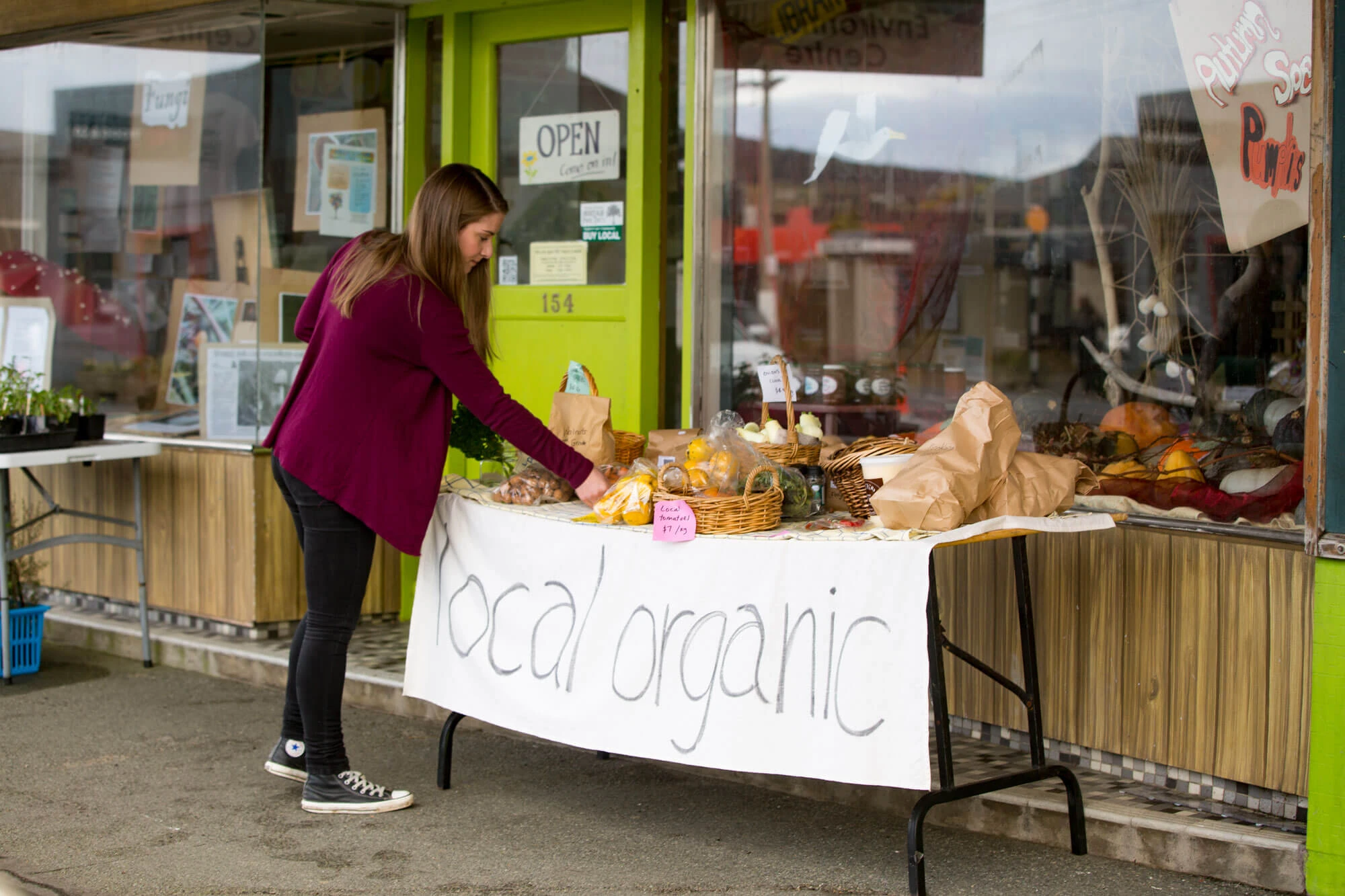Horseradish (Armoracia rusticana)
Introduction
Horseradish is a prolific perennial grower easily overcrowding even the hardiest of weeds. It is such an easy vegetable to grow, that some gardeners just stick them in a small hole and walk away. The next time they visit is with a spade to harvest the roots.
The chemical that gives horseradish its bite and nose clearing characteristic is called isothyocyanates. As well as a condiment, horseradish has been used for a variety of medical benefits. The most well known of these being treatment for clearing nasal passages, coughs and colds.
Growing Horseradish
| Propagation: | From small root pieces. Plant spacing 50–75cm apart. If you are planting multiple rows, give them 60–100cm between the rows. |
| Yields/ha: | Doubtful that anyone has grown this by the hectare, so unknown. Can harvest 2–3kg of roots from a 2-year-old plant. |
| Soil type: | Horseradish will tolerate almost any soil. A slightly acid soil is preferred. It will also grow in partial shade. You may want to select a location that is away from other garden areas, as Horseradish can be very invasive if it gets out of the bed you prepared for it. |
| Fertilisers: | NPK fertiliser application could be used. |
| Weed control: | Weed control is initially necessary. Once crop is established it will out-compete any weed. |
| Pest/Diseases: | White butterfly. |
| Harvesting: | When planted in the spring, horseradish can be harvested in autumn. If you don't want to worry about them spreading like a weed, dig up all the roots in autumn. Keep the large, fat roots for the kitchen. Store the small, thin roots to plant next spring.A second method is to leave horseradish in the bed year round, digging roots as you need them. When doing this, thin them out, if they are becoming too crowded. If you don't thin the crop occasionally, the plants can crowd each other and diminish the overall size of the roots. |
| Marketing: | There is potential for selling to processors who make things such as horseradish sauce. Some work will need to be done to develop this idea further. |





